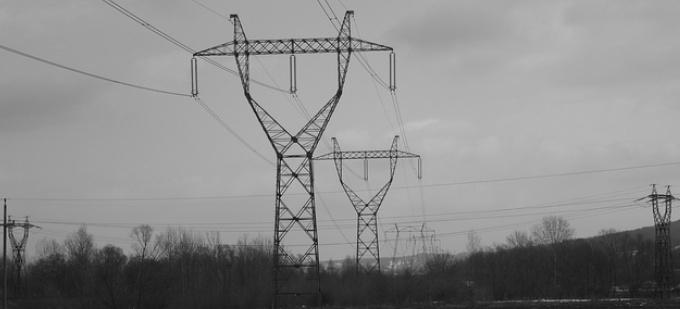Uttar Pradeshs has signed an MoU under the central government’s UDAY (Ujwal DISCOM Assurance Yojana) scheme to ease the financial crunch faced by the state’s discoms.
Under the scheme, state governments which own the discoms, are expected to take 75 percent of the total debt on discoms and issue bonds to lenders on the balance. The discoms in UP owe Rs.53200 (as of 30th September) crore to lenders, out of which the state government will take over Rs.39900 crore.
Uttar Pradesh Power Corporation Limited (UPPCL), signed the Memorandum of Understanding (MOU) under the scheme on January 30th in the presence of Power, Coal & New and Renewable Energy Minister Piyush Goyal. UP has become the fourth state to join UDAY scheme after Rajasthan, Chhattisgarh and Jharkhand. The distribution utilities of the country are reeling under heavy debt burden. As on 30th September, 2015, the outstanding debt of the discoms stood at Rs.4.3 lakh crore.
The scheme also provides for the balance debt of Rs.13300 crore. to be re-priced or issued as state guaranteed discom bonds, at coupon rates around 3% less than the average existing interest rate. The annual saving in the interest cost to the discoms would be around Rs 1600 crore.
The Government launched the scheme on 20th November, 2015, after a series of discussions with all the stakeholders. UDAY is an aim to ensure a permanent solution to the debt-ridden distribution utilities to achieve financial stability and to improve their operational efficiencies.
During the period of turnaround, the UP will bring about operational efficiency through compulsory feeder and distribution transformer metering, consumer indexing & GIS mapping of losses, upgrade/change transformers, meters etc., smart metering of high-end consumers, thereby bringing about reductionh in transmission losses and AT&C losses, besides eliminating the gap between cost of supply of power and realisation.
The reduction in AT&C losses and transmission losses to 15% and 3.95% respectively is likely to bring additional revenue of around Rs.17700 crore. during the period of turnaround.
With the financial turnaround through financial and operational efficiencies, the rating of the discoms would improve, which would help them in raising cheaper funds for their future capital investment requirement.
This is expected to provide interest cost saving of around Rs.200 crore. to the discoms.
While efforts will be made by the state government and the discoms to improve the operational efficiency, and thereby reduce the cost of supply of power, the central government would also provide incentives to the discoms and the state government for improving power infrastructure in the State and for further lowering the cost of power.
The state shall also be supported through additional coal at notified prices and in case of availability through higher capacity utilization, low cost power from NTPC and other CPSUs. Other benefits such as coal swapping, coal rationalization, correction in coal grade slippage, availability of 100% washed coal would help the state to further reduce the cost of Power. This is expected to save Rs.5600 crore. due to these coal reforms.
“Uttar Pradesh would derive an overall net benefit of approximately Rs.33000 crore. through UDAY, by way of savings in interest cost, reduction in AT&C and transmission losses, interventions in energy efficiency, coal reforms etc. during the period of turnaround,” said the government in a statement.

